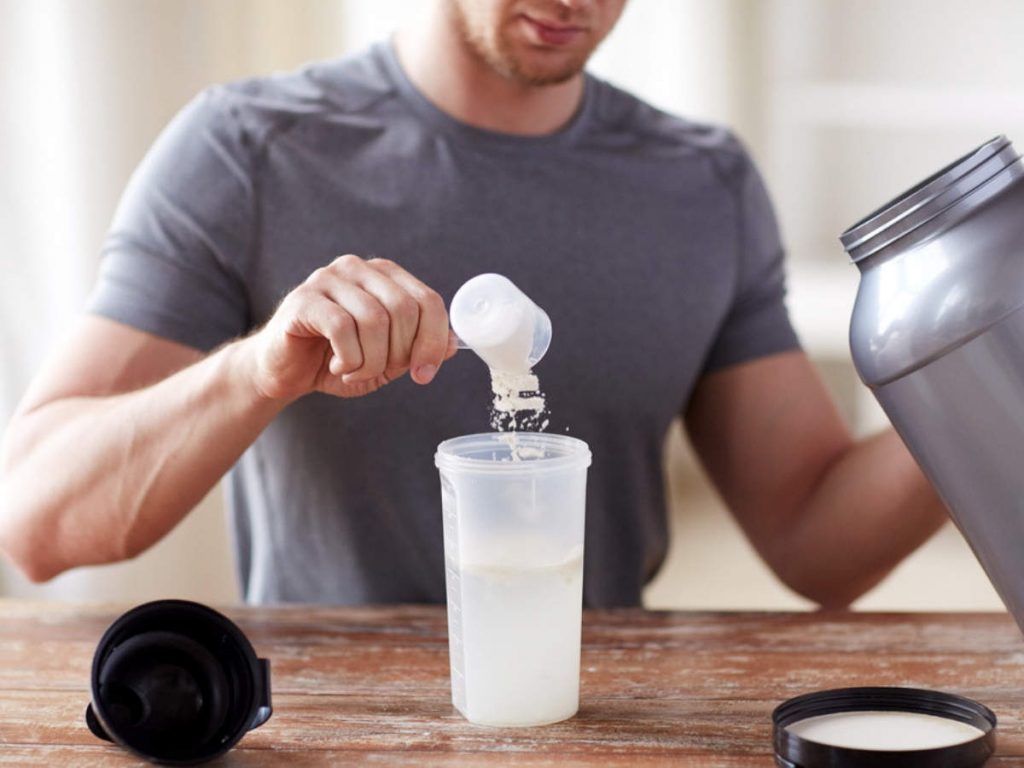- Know Everything About Nipah Virus, Which Is Back In Kerala Again
- Kevin Porter Jr Arrested On His Girlfriend’s Assault Charge
- Market Change Overnight - Know The 8 Things That Did It
- Who Are Alba Baptista And Chris Evans Married On The Weekend?
- Disrupted India vs Pakistan Asia Cup 2023 Match on Reserve Day
- 10 Common Foods That Contain No Calories or Are Very Low in Calories
- Men’s Styling Tips - Know the 9 Common Style Mistakes to Avoid
- Coco Gauff Beats Karoline Muchova and Reaches the US Open Final
- Danny Masterson Gets Life Sentence of 30 Years for Two Rapes
- Experience A Splendid Vacation in Kashmir with These 15 Gorgeous Sights
- India
- Saturday , July 27, 2024
- Last Published Sep 12, 2023, 6:48:32 PM

Glutamine: What is This Mysterious Amino Acid?
Glutamine and glutamate are considered as non-essential amino acids. However, they play a vital role in maintaining the health and growth of neonates and adults. Generally, glutamine and glutamate are available in abundance in various food items, and they constitute nearly 5-15% of the dietary protein. On the other hand, during pregnancy, lactation and neonatal growth, the consumption gets limited particularly because of the low protein diet. Diet supplements including glutamine, glutamate or both in 0.5 to 1% quantity can help improve intestinal and immune functions of the body. In addition, these supplements prevent the loss of lean body mass during lactation and increases milk glutamine content.
What are the nutritional aspects of glutamate and glutamine?
Metabolism
In a healthy adult human, you’ll find 80g of free glutamine. From this amount, more than 98% is found in skeletal muscle cells at concentrations of 20nM and above. Glutamine is made through the action of glutamine synthetase from glutamate and ammonia. Glutamine is the predecessor for various biosynthetic pathways needed for cell division and growth. On the other hand, the bulk of glutamine gets hydrolyzed by glutaminase, which acts as the major respiratory fuel for enterocytes and cells of the immune system. Glutamine is also an essential signaling molecule, stimulating anabolic functions like cell growth and differentiation, protein synthesis, and inhibiting catabolic functions like protein degradation and apoptosis. Also read: What is Myositis, the disease Samantha Ruth Prabhu has been diagnosed with?What is the importance of glutamine in hyper-catabolic states?
According to a research published by the National Center for Biotechnology Information (NCBI), around 30 years ago, it became apparent that in hyper-catabolic patients the glutamine requirements for the body could increase beyond the capacity for glutamine synthesis. Clinical studies revealed that a plasma glutamine concentration, that is less than 0.42mM, indicates insufficient glutamine, and this is when exogenous glutamine should be provided. In addition, a number of studies have shown the benefits of providing supplemental glutamine to such patients.Is Glutamine or glutamate are conditionally essential during pregnancy, lactation and growth?
According to the NCBI research, the plasma and muscle glutamine concentrations fell steadily during lactation in the horse. In addition, the loss of skeletal muscle was followed, which represented a mild catabolic state. These conditions are associated with the increase in requirements of glutamine for foetal growth and milk production, and such change in the dietary needs were met by catabolism of extra dietary amino acids. The experts at the National Library of Medicine (NLM) proposed that such deficiency can be met by the supplementation of glutamine or glutamate, keeping the lean body mass of the mother protected.The Benefits of Glutamine and Glutamate during Pregnancy, Lactation and Growth
According to Malcolm Watford, over the last 10 years, a number of studies have shown that glutamine or glutamate supplementation can be beneficial to recently weaned piglets. Such studies have shown how glutamine prevents intestinal atrophy, lessens the incidence of diarrhea, maintains anti-oxidant status, and results in increasing weight gain with improved food efficiency. According to PubMed Abstract, studies have shown that a certain amount of dietary non-essential amino acids are required by the animal body, and glutamate can be the ideal source.Disclaimer - The texts with tips or advice mentioned here are only for generic information, but not for a substitute of medical advice. Before applying any advice or tips, you should consult a respective doctor or expert. ATT is not responsible if you have any bad impacts on your health.












